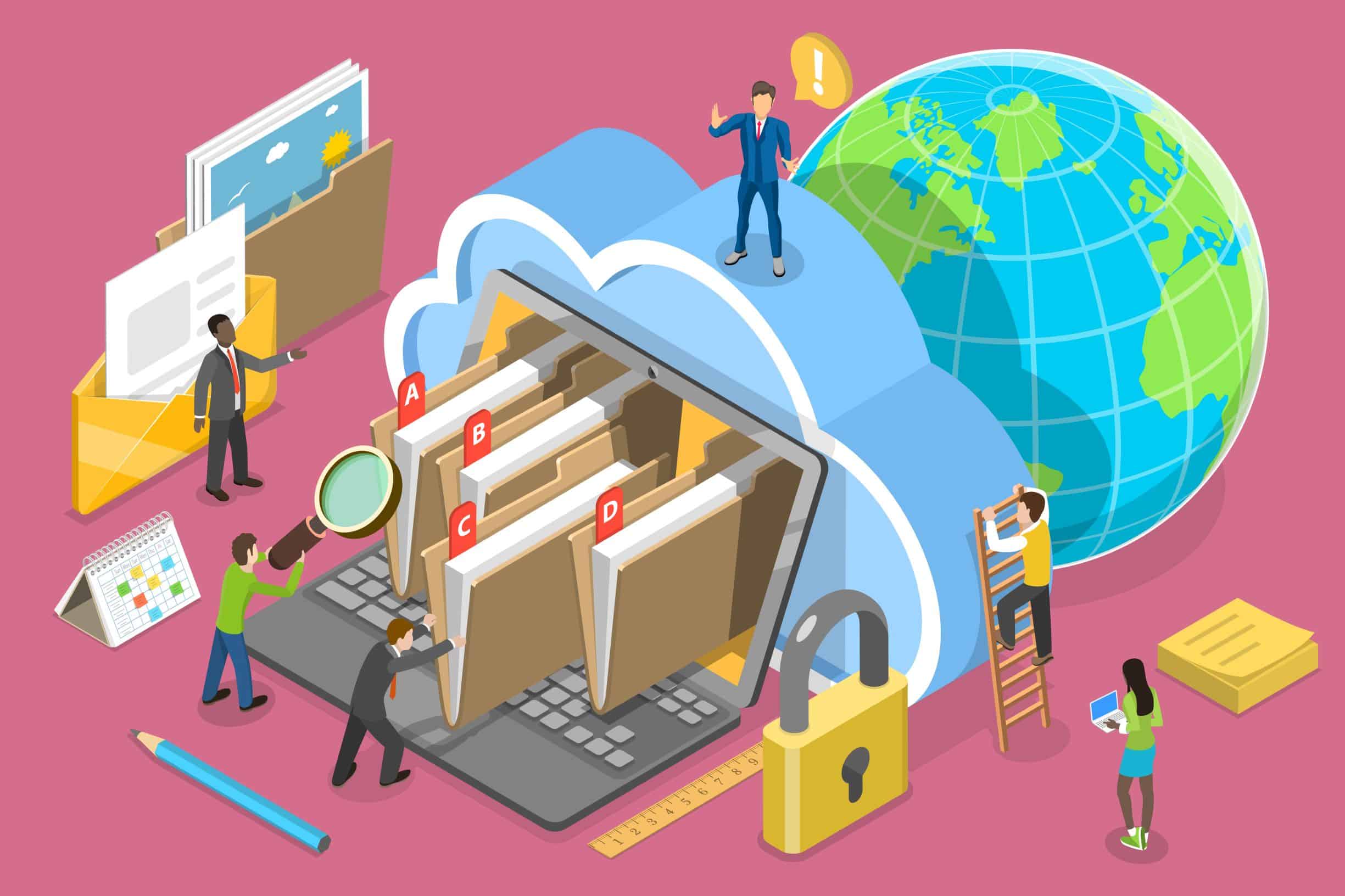Managed file transfer refers to a technological setting that facilitates electronic data exchange between devices and people. Data movement can either be internal or external, and it incorporates a wide variety of information as it encompasses sensitive details. Managed file transfer and file sync applications exists through service or software. It may constitute a sole pane for governance and visibility.
For any business dealing with sensitive information like the healthcare industry, file management transfer technology from https://www.goanywhere.com/ and others guarantee the topmost security. Other enterprises too can use it for other benefits like cutting costs on printing machines and photocopying.
Shifting To Managed File Transfer
The medicine industry handles valuable data about people’s health, so this information has to be shared among medical professionals to solve medical conditions. Protecting sensitive data is a priority, and security would be achieved through the use of file transfer management technology.

Though it appears a difficult task, electronic documentation is a cost-saving method with the following advantages:
- Time-saving
- Improve the security for patients’ data
- Improve service delivery
- Keep the healthcare industry compliant with laws regarding the safety of patients’ data
Applications of Managed File Transfer
Changing paper records to digital documents is vital for all healthcare facilities. Here are some of its applications:
1. Save Money
File management transfer eradicates the use of filing cabinets and storage rooms in the healthcare industry. This leaves space for medical professionals and other valuable equipment, which significantly boosts performance. In addition, eliminating these storage rooms cut costs on repair and maintenance.
Expenses of paper, toner, copy machines, printers, and carbon copies are part of the medicine business. However, with file management transfer, they can be avoided. This implies the money for this stationery can be utilized in other income-generating projects.
File management transfer also cuts the expense of filing. A lot of time is wasted while looking for documents in hospitals. At times, these are misplaced and may land in unsafe hands. The technology of data transfer ensures only authorized physicians access the patients’ documents. With a smartphone, the right personnel can access patients’ data since it’s usually on a web page.
File management transfer doesn’t require workers to retrieve or log physical documents because all information is available electronically, which significantly reduces staffing costs in the healthcare industry. For example, some hospitals use filing services that indict a fee any moment a physician requests or returns a physical record. This money could be saved with the use of a document management system since no intermediary will be required.
2. Disaster Recovery
File management transfer is a valuable resource in safeguarding information in wellness centers as the data are stored off-premise. However, paperwork is prone to fires, mold, floods, and other accidents or natural disasters. In contrast, electronic files are permanently stored on the internet.
If a particular server isn’t functional, there’s a digital backup for each manuscript, leaving patients’ information safer. In addition, their sensitive data can be further protected by employing entry rights for personal files.
3. Increase Efficiency
Another great application of file management transfer in the healthcare industry is to optimize efficiency. This is because patients will be handled faster since their data is automated. Files are instantly sent to the right physicians in an appropriate way for a particular action. All of this is executed with a safe portal that’s also enterprise compliant.
When hospital data is secured, the following is attained:
- Easy planning and analysis of patients’ treatment
- A permanent document is created for the patients’ prospective future
- A database is built to evaluate the rating efficiency of treatment, which is beneficial for research purposes in education
Healthcare centers that make use of paper-based documents experience many risks. For example, retrieving a single file could take hours or even days. However, electronic file management rescues a company from these inconveniences because it takes seconds to access specific information.
Also, there’s a potential for several departments to have identical records at the same time without the need to photocopy a single document. Another added benefit is users can make contemporary changes to the same document without incompatibility. The versioning history confirms all records indicate recent and valid information.
Conclusion
Data safety is a crucial portion of the wellness industry. It ensures a patient’s data is confidentially kept. Furthermore, due to the advancements in technology, file management transfer reduces data theft. Therefore, doctors, nurses, and other health experts need to be equipped with skills concerning electronic data management. In turn, this will improve business operations in hospitals and result in more satisfied patients.







